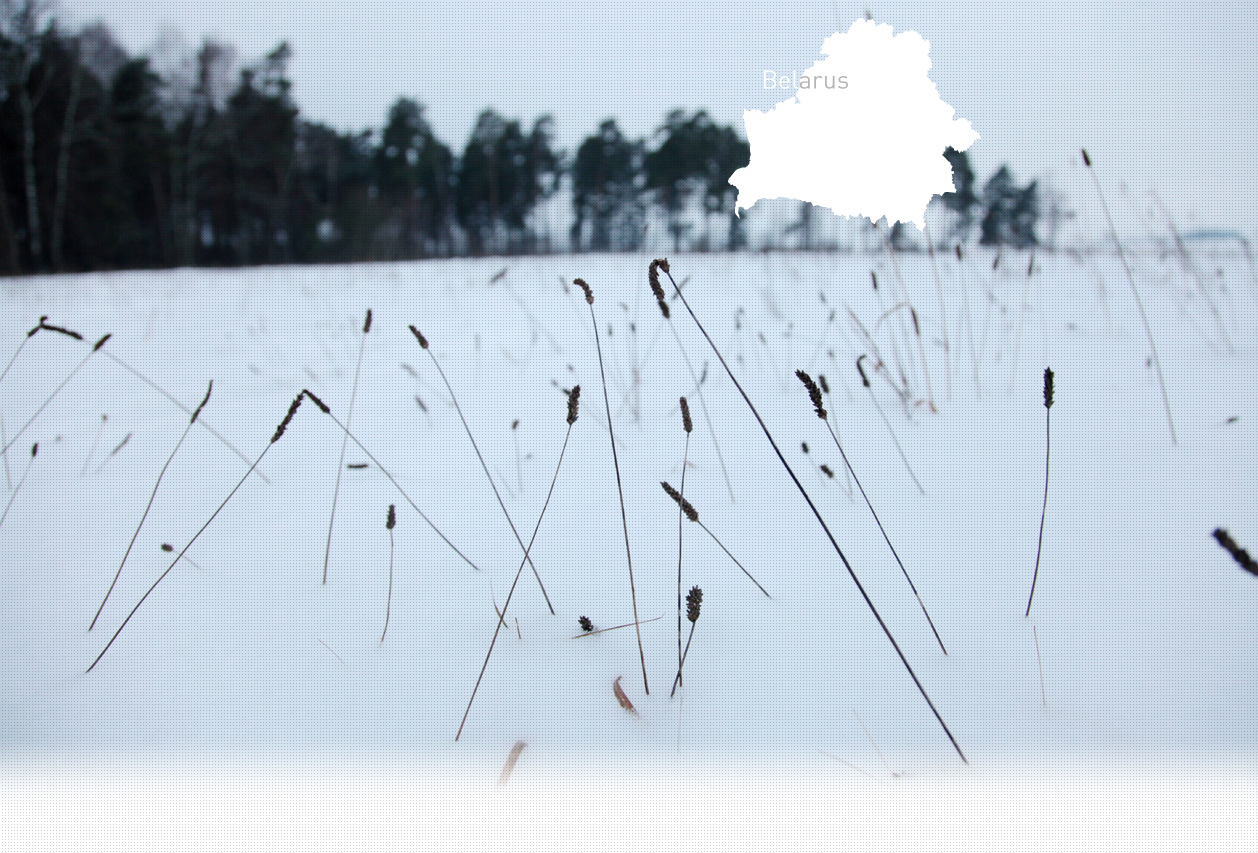

1 Killing site(s)
Piotr S., born in 1934: “[…] we were all equal. There wasn’t any difference between us. All were equal. And my mother was friends with his wife. And then… the Jews were taken immediately, but not all of them… some escaped. And then they were released, and later taken again, and they got released for the second time. And then she [the Livshits wife] came and said to my mother: “My friend, change me money, please, I only need 10-ruble notes, with Lenin on them… And since my father was member of the profsouz, and also a member of the militia (Security service). He was an officer, a major at the time. To be short, he had a decent salary, and in those days he also received a bonus as a senior Party worker. So, my mother could change the money for her… And she said to her, that second time when they got released: “My friend, the Germans told us that they are taking us near Borisov, they are building a small town and we will live there, separately”, and my mother, I heard it myself since I was near her, she said to her: “Don’t believe them! Let me take you, or at least the children, to some [friends?]”. My mother had [friends] in Sloboda, Berezino district. So she said: “Let us take them over to them [to Sloboda]”. And [the Livshits wife] said: “No, we will live and work there. And they told us to dress in clean clothes and have some money for the start”. My mother changed money for her. And that was it! They were taken the third time, over there, where Vasiliok is. There was a prison there before the war. They were put there, and later taken, in groups, where our post office stands now – that building was built on the pit. They forced the people to dig the pit and shot them. I didn’t see it myself, but I know they were shot with machine guns.”(Testimony N°1032B, interviewed in Begoml, on October 10, 2019)
Begoml is located 105 km (65mi) north of Minsk. The first traces of Jewish community in the town date back to the first half of the 19th century. In 1939, there were 206 Jews, making up 10% of the total population. Some Jews had shops, but the majority worked in the local Kolkhoz (collective farm).
The town of Begoml was occupied by German forces on July 2, 1941. Germans installed a Kommandantur and some inhabitants who were unhappy with the former Soviet power joined them as policemen. Jews could still worked and walk freely in the streets, but were forced to wear a yellow David Star on their chests and arms. Jews from the surrounding villages were also brought to Begoml. Along with the Jewish inhabitants of the city, they were locked up in the prison. On October 2, 1941, all of them were led to the execution site, a field in the suburbs of the town. There, some men from the village dug a grave. The Jews, alongside some partisans and communists, were shot on the edge of it, fully dressed. Some of them were still alive, because next day, the earth was still moving. In the second half of the month or in November, the Jewish wives of non-Jewish men and Jews who escaped or were in hiding and had been caught were also shot. The number of victims was 270. In December 1942, the partisans liberated the village and held it until the arrival of the Red Army in 1944. The partisan movement was powerful in this region. In 1972, the corpses were exhumed and buried 2km from the original execution site in the Begoml cemetery. There is a monument at the cemetery, but nothing on the former killing site.
Do you have additional information regarding a village that you would like to share with Yahad ?
Please contact us at contact@yahadinunum.org
or by calling Yahad – In Unum at +33 (0) 1 53 20 13 17